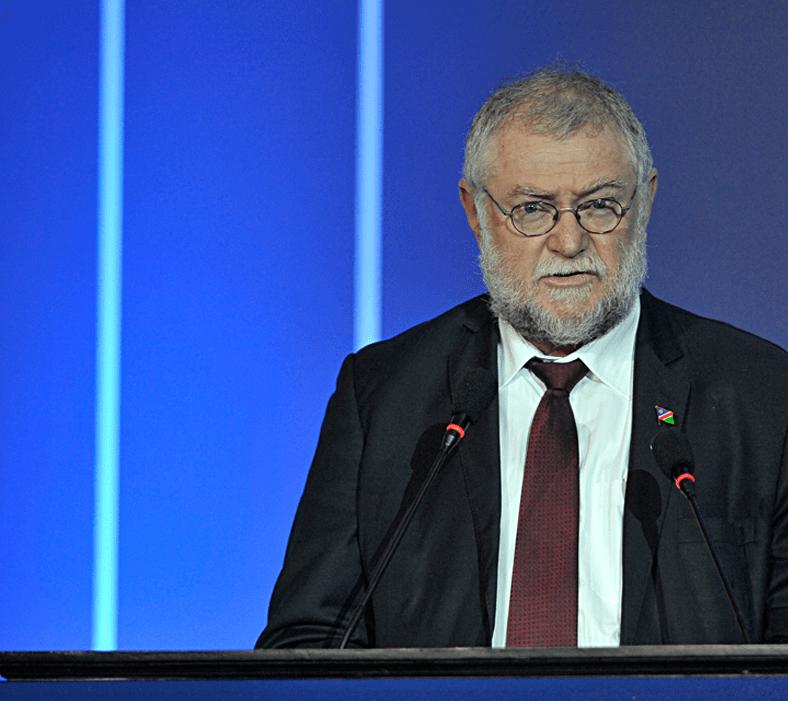Africa-Press – Namibia. WHILE the Namibian government cannot completely do away with the redline due to the current infectious animal diseases found within the veterinary cordon fence, the authority can compartmentalize areas within its jurisdiction which have remained disease free, and eventually give them access to other markets.
The Minister of Agriculture, Water and Land Reform, Calle Schlettwein, expressed this opinion in parliament yesterday while explaining the complications in dealing with the issue of removing the redline, which is both political and intended for animal disease control.
“Government takes cognizance that there are political connotations to the redline due to the fact that it was an Apartheid line, where economic activities north of the line were deliberately reduced. However, this is not the intention of the current government. The fact that the line is political has never been disputed, but it is also a veterinary line which serves a secondary purpose,” Schlettwein said.
He added that currently, Namibia is divided into zones which include Disease Free Zones, where the absence of diseases in all cloven is proven, Protection Zones, where the absence of disease cannot be proven completely, and Infested Zones, where there is proof of the presence of animal disease.
“Namibia has all three of these zones. In 2014 we tried to move the redline north of the border after a cabinet decision, and this was accepted, however, there was an outbreak which sidelined our plans,” Schlettwein said.
He further explained that a lack of bordering fences has made it difficult for Namibia to convince the World Animal Health Organisation (OIE) that Northern Communal Areas (NCAs) are disease free.
“Cattle swim through the rivers or travel on foot from neighbouring countries into Namibia. The countries from which these animals move from do not have any animal health control measures, except for Botswana. This has an impact on our beef prices and many other factors,” Schlettwein said.
He added that it is not easy for government to just enact border fences as it severely affects the communities which farm in these areas. The Minister also touched on the fact that if said restrictions were lifted without proper planning and safety measures, the implications would go beyond the redline and could have a ripple effect and also impact the livelihoods of especially farmers outside the redline.
Schlettwein stressed that it is important to emphasize on the fact that the country is dealing with a viral disease which can only be contained with animal movement restrictions.
“We currently have to wait three months before the outbreak of FMD is contained in the Zambezi Region, and restrictions currently have to be intensified due to a new strain of the FMD which affects smaller cloven-hoofed animals as well,” Schlettwein said.
“As we cannot control the movement of animals with fences, we plan to vaccinate the whole animal population twice a year to protect the animals from diseases that come from neighbouring countries. In addition, our strategy is to not remove the line in one go, but to fence off areas such as the Kunene Region, which has been disease free for years but falls within the NCAs. This process will be done in consultation with communities as it affects their grazing land and livelihoods,” Schlettwein said.






